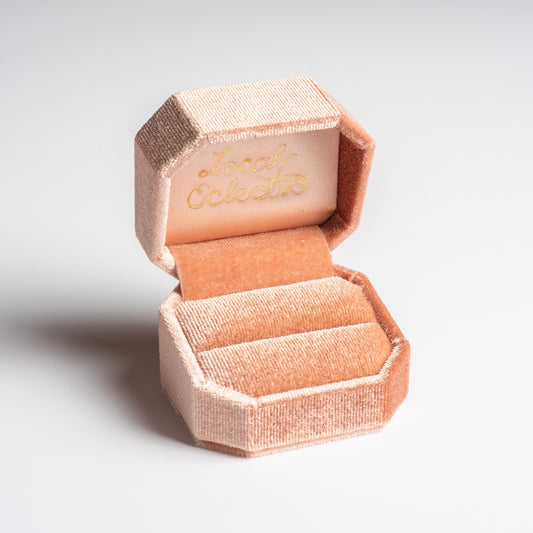November is one of the lucky months that has two birthstones: the commonly known citrine, and the less commonly known topaz.
The beauty of topaz is that it naturally occurs in a rainbow of colors, giving November babies their pick of which hue fits them best. Not born in November? Don’t let that stop you from benefiting from some of the metaphysical properties of this gorgeous gem.
Topaz Facts
The word topaz comes from the Greek word topazian which originates from the sanskrit word tapas meaning fire. Because of this, topaz is said to have fire energy. Topaz naturally occurs in shades of red, orange, pink, peach, brown, yellow, gold, and clear and can be treated to appear blue. Natural topaz can be most commonly found today in Brazil, Sri Lanka, Pakistan, and Russia.
Topaz Myths
The Egyptians wore topaz as an amulet to protect them from injury. The ancient Greeks believed that topaz could increase strength in the wearer. In Rome, topaz was said to improve eyesight by soaking the gem in wine for three nights and then rubbing the stone on one's eyes. In the middle ages, people believed that topaz could cure physical and mental ailments and prevent death and was used as an ingredient in potions.
Topaz Meaning
Its fiery and sunny nature makes topaz a stone of high self esteem and good fortune and is said to increase confidence and trust in oneself. In astrology, topaz represents the planet Jupiter which governs business and wealth, higher education, and law, and is said to be the planet of growth, expansion, and prosperity. Topaz is said to aid creativity and focus.
Associated with nobility, topaz has a royal and authoritative energy. Topaz is said to help circulate energy in the body, helping to clear blockages and promote positive change as well as promote truth and forgiveness.
Whether you want to carry that fire energy with you or just want some show stopping jewels, you can’t go wrong with a topaz.






